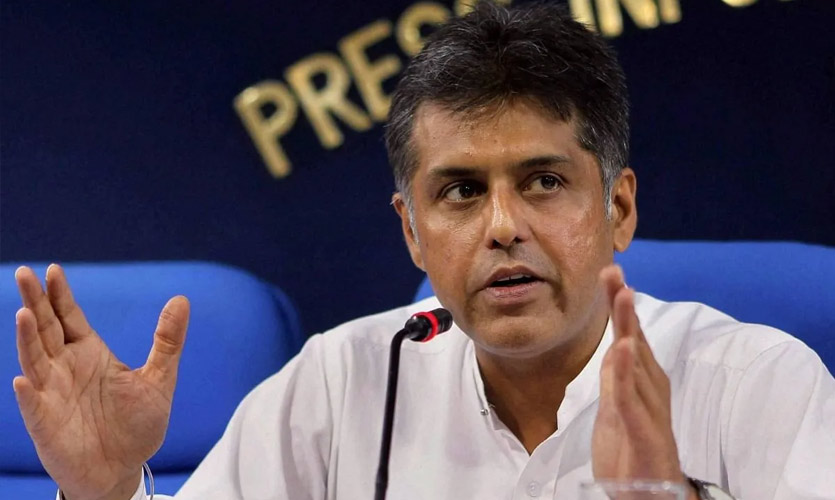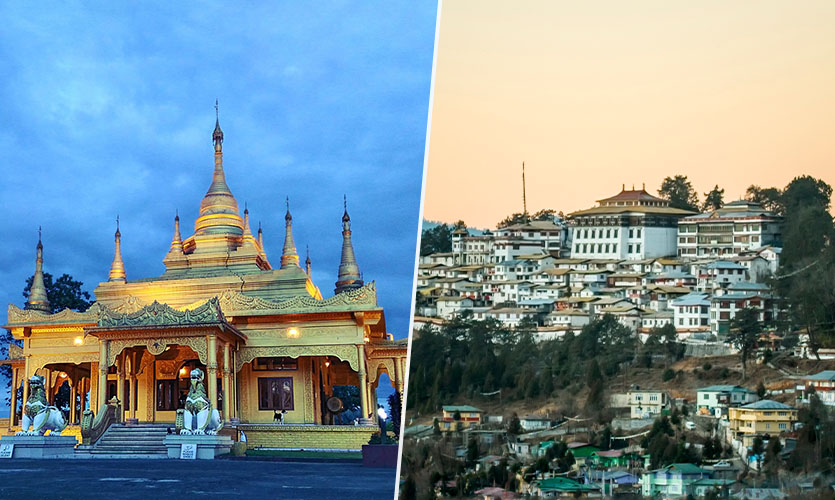Despite few similarities, are the fundamentals of social bias in India anywhere close to that of the United States?
On February 16, Punjab CM Charanjit Singh Channi sparked a controversy when he said that “bhaiyyas” from Uttar Pradesh, Bihar, and Delhi cannot come there and rule. “Priyanka Gandhi is the bahu of Punjabis,” he added during the roadshow in which Congress’ general secretary Priyanka Gandhi was seen standing beside him.
‘Bhaiyya’, in this context, is used as a term to describe migrant workers from UP, Bihar, and Delhi, in a denigrating way.
Channi’s comments were purportedly pointing towards Delhi CM Arvind Kejriwal, who has been intensely campaigning to strengthen his political grip in the Punjab region. Single-phase polling in Punjab took place on February 20. His remarks received severe backlash from the Aam Aadmi Party and the BJP. Kejriwal was reported as saying, “It is very shameful. We strongly condemn comments aimed at any individual or a particular community. “
The controversy took a riveting turn when senior Congress leader Manish Tewari compared Channi’s ‘bhaiyya’ remark to the issue of racism prevalent in the United States. “De-Horse Politics – The Bhaiya controversy is like the Black issue in the US. It is reflective of an unfortunate systemic and institutionalized social bias against migrants stretching back to the inception of the Green Revolution,” tweeted Tewari.
Soon after the much-expected backlash, Channi issued a clarification saying, “My statement is being misconstrued. All the migrant workers who’ve come to Punjab to date have toiled and taken it to the path of development. We have only love for them, nobody can change it.” Despite the clarification, this whole controversy insinuates a deeper problem, addressing an important issue regarding the plight of ‘migrants’ in India as well as the US.
America Vs India
For the United States, racial equality remains an elusive goal. Although the 8-year tenure of Barack Obama is considered to be a crucial step towards enhancing race relations in the US, some believe that it made it worse. According to a survey, about 4 in 10 black Americans are doubtful that the US will ever achieve racial equality.
If you’re driving anywhere in the world, you must be cautious about the rules. But if you’re driving in the US, and you’re black, you’re more likely to be stopped, searched, and arrested than white drivers. There’s a disagreement among Democrats and Republicans on whether the state has achieved racial equality or not. Democrats believe that the country is on its way, and should continue making changes to set things right. Republicans, on the other hand, argue that the country has already made crucial and necessary changes for black citizens to have equal rights.
Viewing the scenario from a historical lens, it would not be an exaggeration to say that things have changed for the better in the Unites States with respect to racism and social bias because of people like Martin Luther King, Rosa Parks, and Malcolm X who came out and became the voice of the voiceless.
In India, the prejudice, stereotyping, and social biases are apparent when someone, for instance, goes out seeking to rent a property. The way people talk, the way neighbours react, are subtle signs indicative of the deep-rooted social bias in Indian society. Furthermore, the infamous ‘reservation system’ that was put in place to reduce the cases of caste-based discrimination and to empower the marginalised groups of the country, has now become a mere tool to play political games and further agendas.
India has witnessed plenty of clashes between the Dalit community and upper caste members, along with prejudice against people from the northeastern region, for too long. There’s a difference of opinion among political scientists whether to call it racism or not. Racism, they believe, is rooted in hatred, which makes reconciliation seemingly impossible. This is not the case in India.
Both India and the US have had their fair share of struggles and have evolved to counter these ineradicable ill-practices like social bias, casteism, and racism. Also, it should be noted that it’s realistically impossible for a country or a society to achieve an ‘ideal’ stage. American novelist Toni Morrison, reminded us, “There is no such thing as race. None. There is just a human race – scientifically, anthropologically.”
In an interview with The Sparrow, Advocate Aman Ahmad, who’s been practicing in the Delhi High Court, offers some insight into the matter.
Q: Is the Indian caste system still apparent?
Even after various efforts to curb the same by our nation’s thinkers and activists, it is very much prevalent today. A tip of the iceberg instance can be had from the number of pending cases under the Scheduled Castes and the Scheduled extent and Tribes (Prevention of Atrocities) Act, 1989, across our country.
Q: How does the Constitution prevent discrimination?
The framers of our Constitution were well aware of the caste system of our country and therefore, they inserted various Articles to protect the citizens of our country from facing discrimination of any kind. Our constitution through Articles such as Articles 14 to 17 and Articles 40, 42, and 45 (amongst other Articles), tries to not only protect the discrimination being meted out to the sufferers of the caste system but also tries to uplift them.
Q: Can you shed some light on Articles 153A, 153B, & 295 of the IPC?
Section 153A of the IPC punishes promoting enmity between different groups on grounds of religion, race, place of birth, residence, language, etc., and doing acts prejudicial to the maintenance of harmony.
Section 153B of the IPC safeguards the interests of the “class of persons” and above all the “national integration” by providing punishment against imputations and assertions prejudicial to national integration.
Section 295 punishes injuring or defiling places of worship.
Q: With regards to the recent “bhaiyya” remark controversy, is it fair for us to compare it with the issue of racism in the US?
It cannot be compared as it is even worse in our country, as the problem here is a cocktail of regionalism, casteism, racialism, with a topping of religious discrimination.
Q: What are some effective strategies to reduce prejudice and social bias in the country?
In my opinion, the government should take responsibility and motivate the people of our nation to live in harmony by following the ideals as set out in our Constitution, and simultaneously, amendments should be brought in the Indian Penal Code to bring within its purview the acts that are happening today. The punishment against the acts should also be made more stringent.










